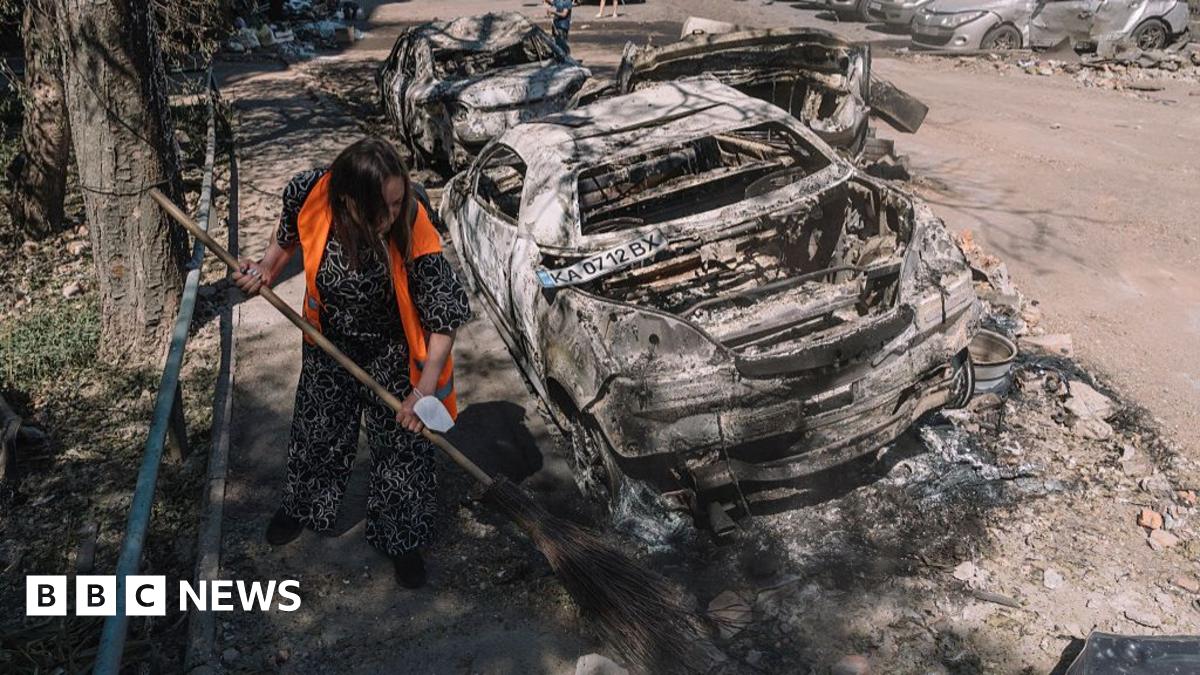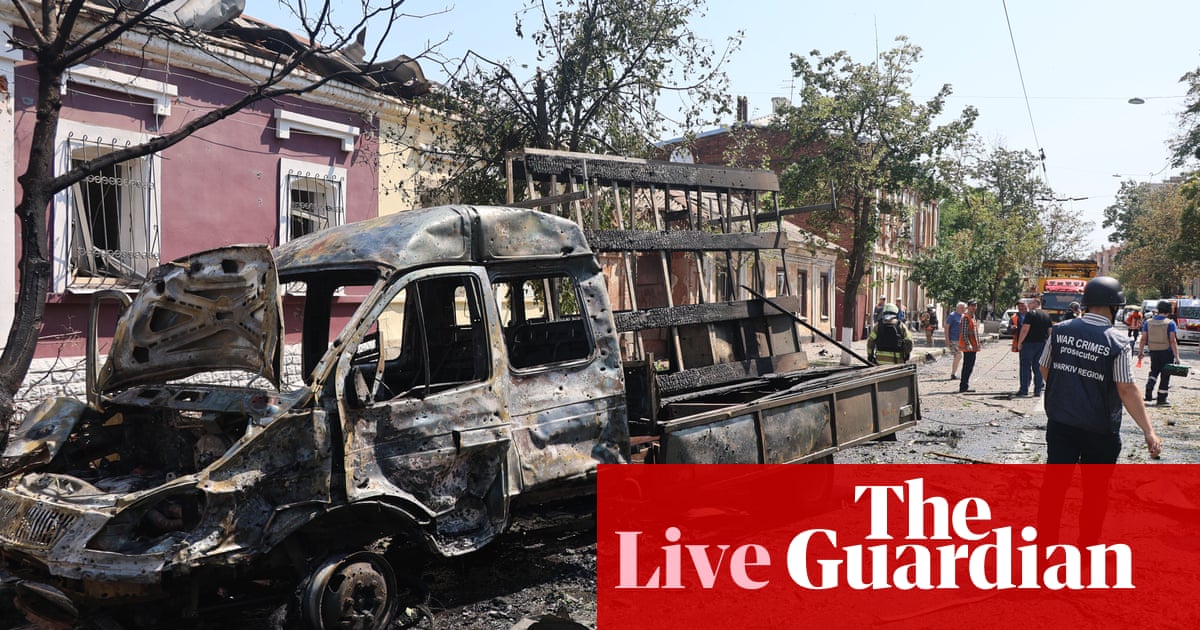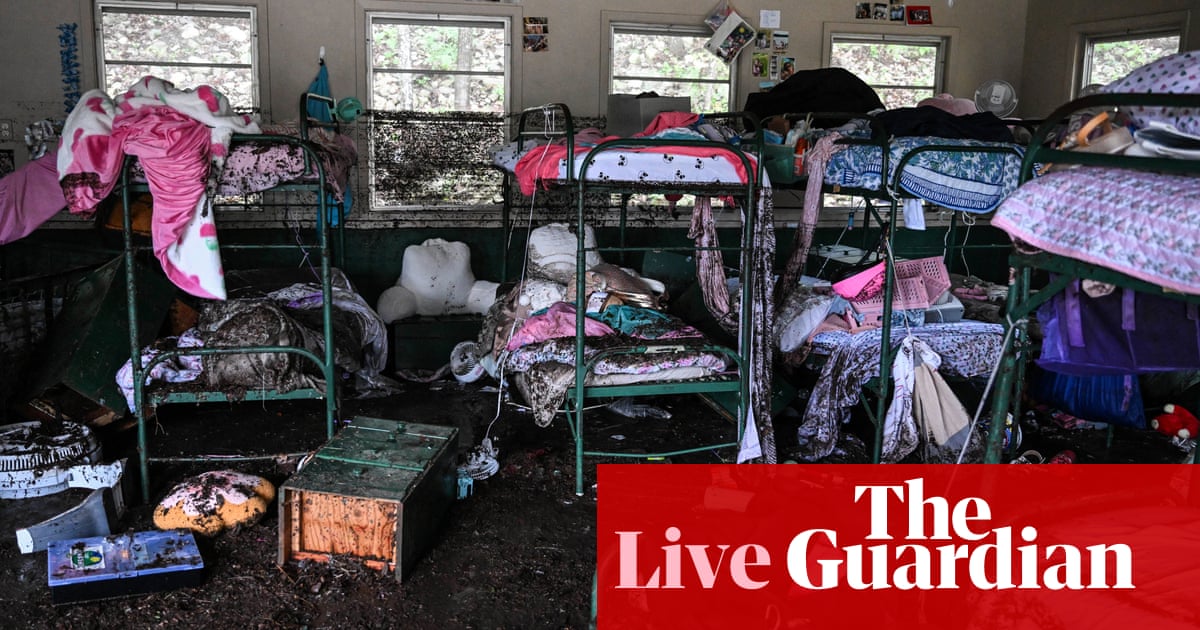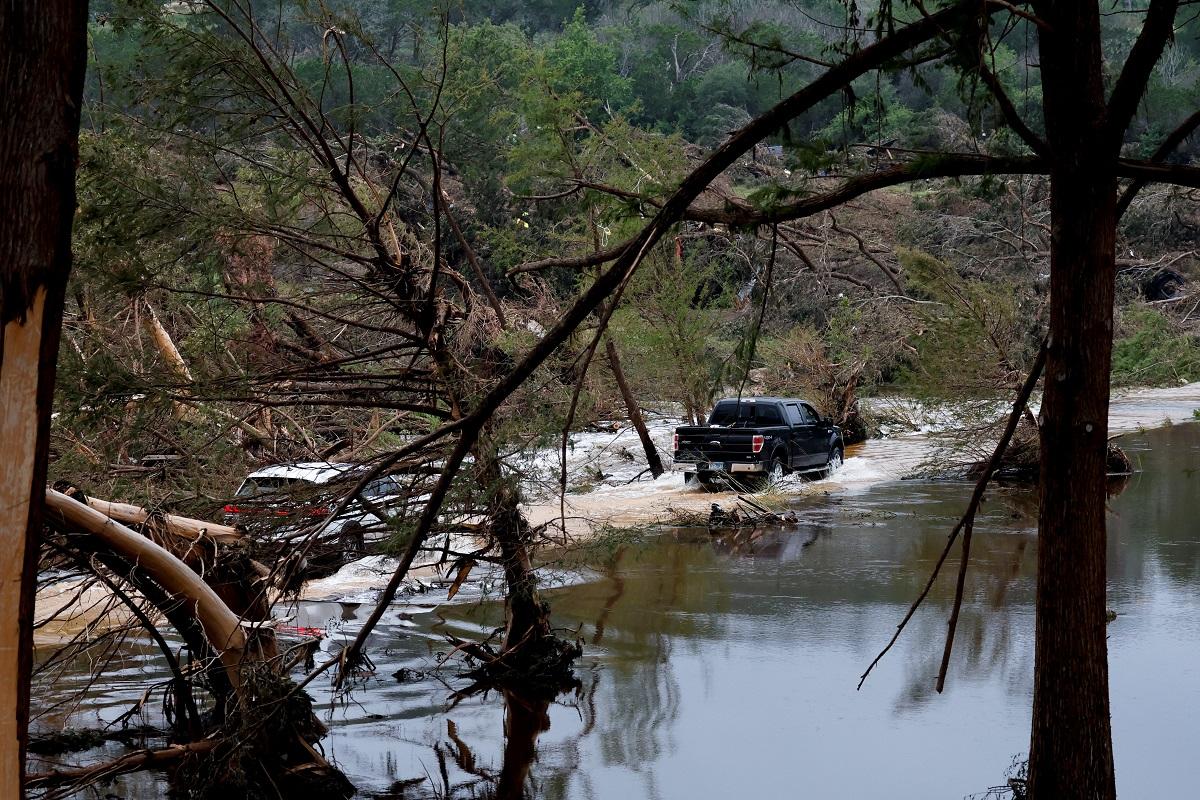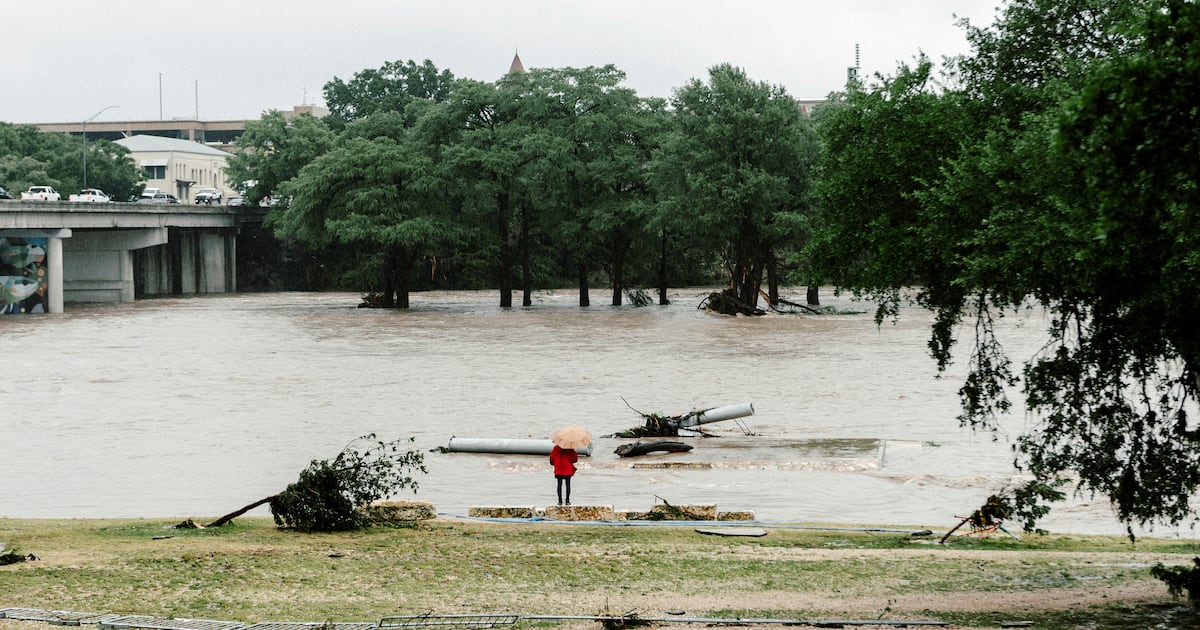Tragedy Strikes Texas: Flash Flooding Claims Over 100 Lives, Including Young Campers
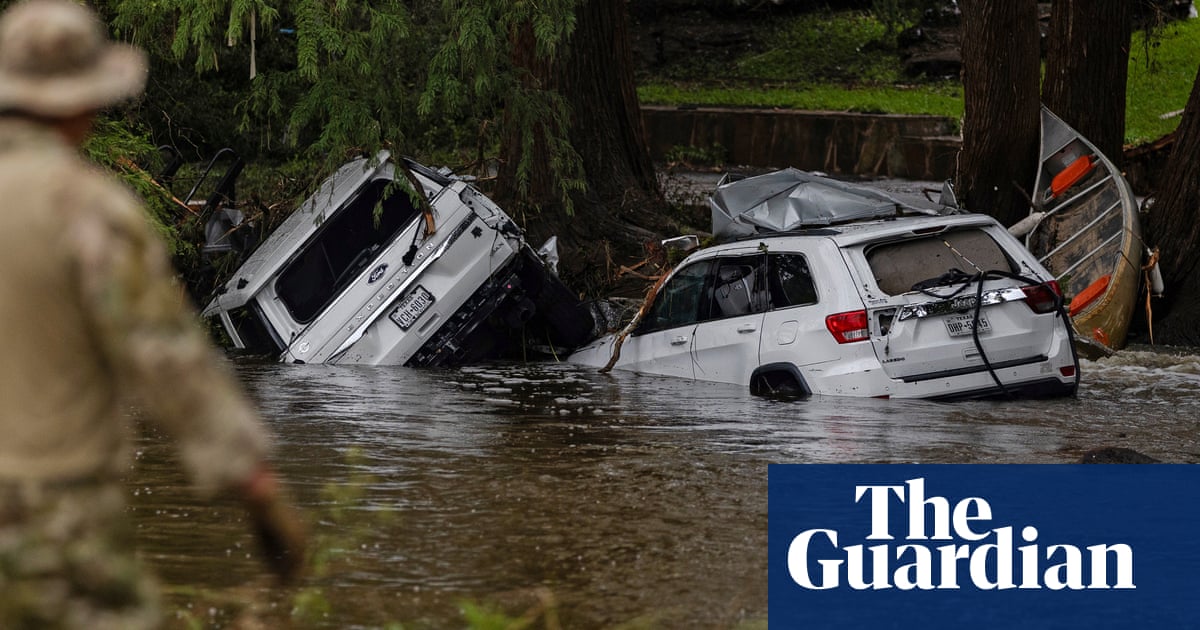
In a catastrophic incident that has left over 100 people dead, including many children attending a Christian summer camp, central Texas experienced extreme flash flooding that will be etched into the state's history as one of its most devastating natural disasters. The tragedy unfolded on Friday, with Kerr County bearing the brunt of the disaster, where at least 27 children and counselors lost their lives after a sudden deluge of water swept through the Camp Mystic on the banks of the Guadalupe River. This camp was filled with approximately 750 young campers celebrating the Fourth of July holiday when disaster struck.
Authorities have reported an alarming increase in fatalities, with numbers expected to rise in the coming days as recovery teams continue their grim task of locating bodies. The damage inflicted by the torrential rain and subsequent flooding has been described as near-unprecedented, affecting homes, businesses, and vehicles across the region. The private weather service AccuWeather has estimated the economic toll from this disaster to be between $18 billion and $22 billion (£13.2 billion-£16.2 billion).
Dalton Rice, the city manager of Kerrville, the county's seat, expressed the community's deep sorrow at a press conference, stating, “Everyone in the community is hurting. We are seeing bodies recovered all over, up and down.” The first indications of impending disaster emerged from a bulletin from the Austin-San Antonio office of the National Weather Service, issued just after noon on Thursday. The bulletin warned residents about potential flooding in low-lying areas and along creeks and rivers.
As the storm intensified, additional warnings were communicated through social media platforms, particularly on X, where updates were shared in real-time. By the early hours of Friday, the National Weather Service was already warning about “significant impacts” from relentless rainfall that continued throughout the night, causing rivers and waterways to swell alarmingly.
By 5:16 AM, the Kerrville police department issued dire warnings to residents, advising them to seek higher ground immediately. However, some residents reported that these alerts either arrived too late or were never received. Meteorological reports indicate that parts of central Texas received a staggering amount of rain—a few months' worth—in just a few hours. In some areas, including the community of Hunt, home to Camp Mystic, gauges recorded 6.5 inches (16.5 centimeters) of rain in just three hours. Some places experienced rainfall totals reaching 15 inches (38.1 centimeters) in one day, which is more than the typical summer rainfall for the region.
The Guadalupe River surged dramatically, rising by 26 feet (8 meters) in just 45 minutes and peaking at an astounding 33 feet (10 meters) within two hours. This rapid increase eclipsed the flood levels recorded during a tragic 1987 incident where ten teenagers from a Christian summer camp drowned due to similar flooding conditions.
In response to the unfolding disaster, search and rescue operations commenced at dawn on Friday. Local, state, and federal agencies mobilized resources, deploying drones, boats, and helicopters to assist in the effort. By Saturday, authorities reported that around 850 people had been rescued, supported by over 400 first responders from nearly two dozen agencies covering an area exceeding 60 miles (97 kilometers). As the situation evolved, the number of responders increased to over 1,000 by the afternoon.
The Texas National Guard contributed by deploying an MQ-9 Reaper drone to survey remote areas, while Federal Emergency Management Agency (FEMA) personnel joined the search for survivors. During the response efforts, Dalton Rice criticized the interference caused by unauthorized drone operations from private citizens and media personnel, which complicated the rescue efforts amid challenging terrain and ongoing heavy rain.
By Sunday, approximately 48 hours after the flooding began, it became evident that central Texas had endured its worst flooding event in decades. Governor Greg Abbott held a press conference to declare that rescue crews would continue to operate under the assumption that any unaccounted individuals were still alive. He also called for a statewide day of prayer, underscoring the community's need for hope and support. Governor Abbott signed a request for a federal emergency declaration, which President Trump approved, thereby unlocking additional resources for recovery efforts.
Camp Mystic, a cherished private Christian summer camp that is set to celebrate its centenary in 2026, was deeply affected, reporting the loss of at least 27 campers and counselors. In a heartfelt message posted on their website, the camp expressed, “Our hearts are broken alongside our families that are enduring this unimaginable tragedy. We are praying for them constantly.” One of the notable victims was Richard “Dick” Eastland, the camp's long-time owner and director.
The camp, located along the south fork of the Guadalupe River, features dormitories situated on lower ground that were completely overwhelmed by floodwaters. Post-flood images reveal a chaotic scene inside one of the buildings, with metal beds tossed about, pink and purple sleeping bags, abandoned lunchboxes, and mud-covered belongings left behind in the chaos as campers and staff fled the rising waters.
As of Monday night, 10 campers and one counselor remained unaccounted for, prompting families connected to Camp Mystic to gather for a vigil at the George W. Bush Presidential Center in Dallas, reflecting the community's grief and solidarity in the face of this tragedy. Recovery efforts faced a glimmer of hope as drier weather was predicted from Tuesday onwards, allowing residents to return to their homes, while some faced the harsh reality of their properties being destroyed. Kathy Perkins, a local resident, shared her experience, stating her trailer was damaged but others in her neighborhood were entirely swept away by the floodwaters. As the community begins to heal, the White House confirmed that President Trump is expected to visit the area on Friday to assess the damage and announce further federal assistance for Kerr County and surrounding regions.












